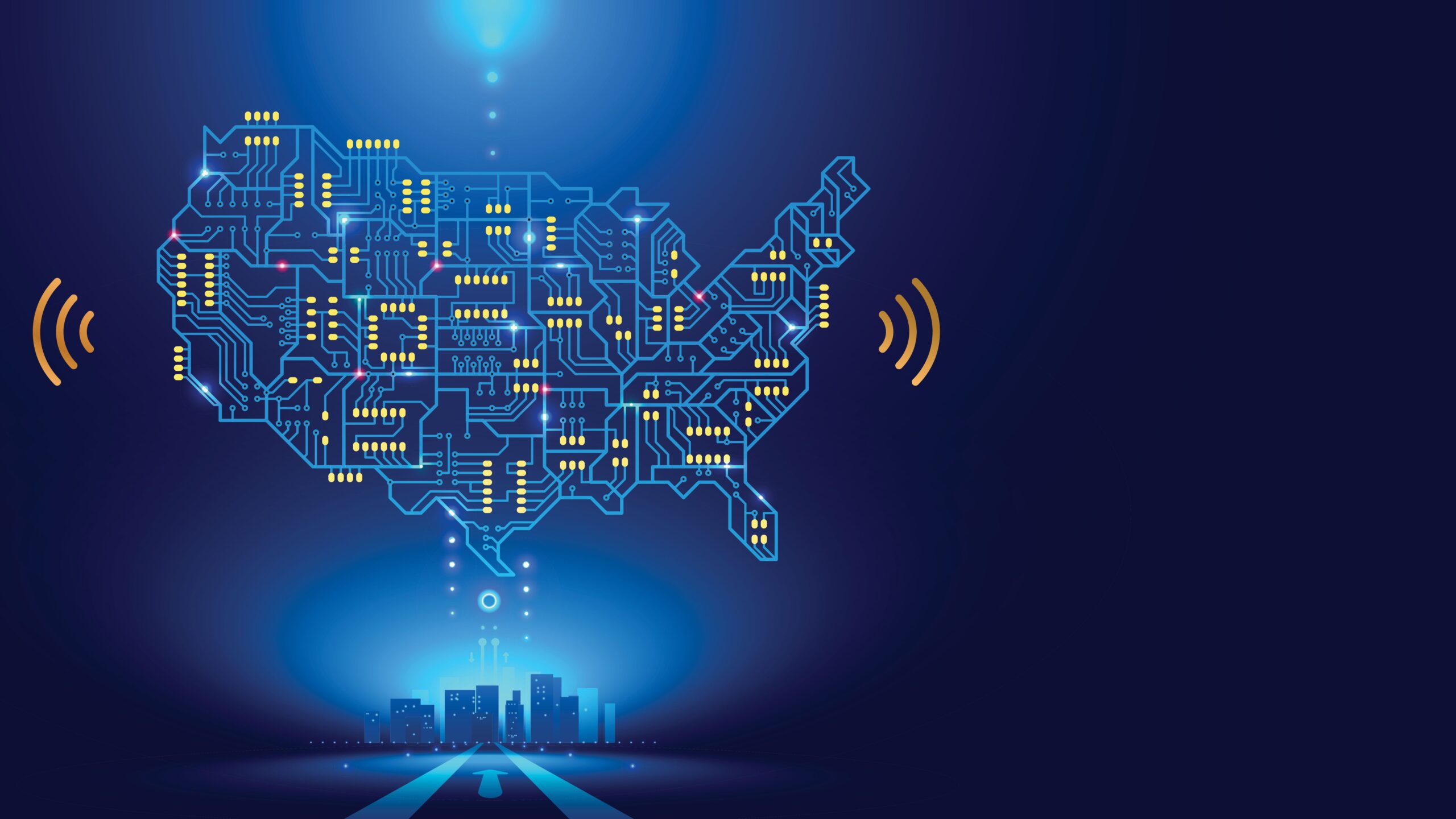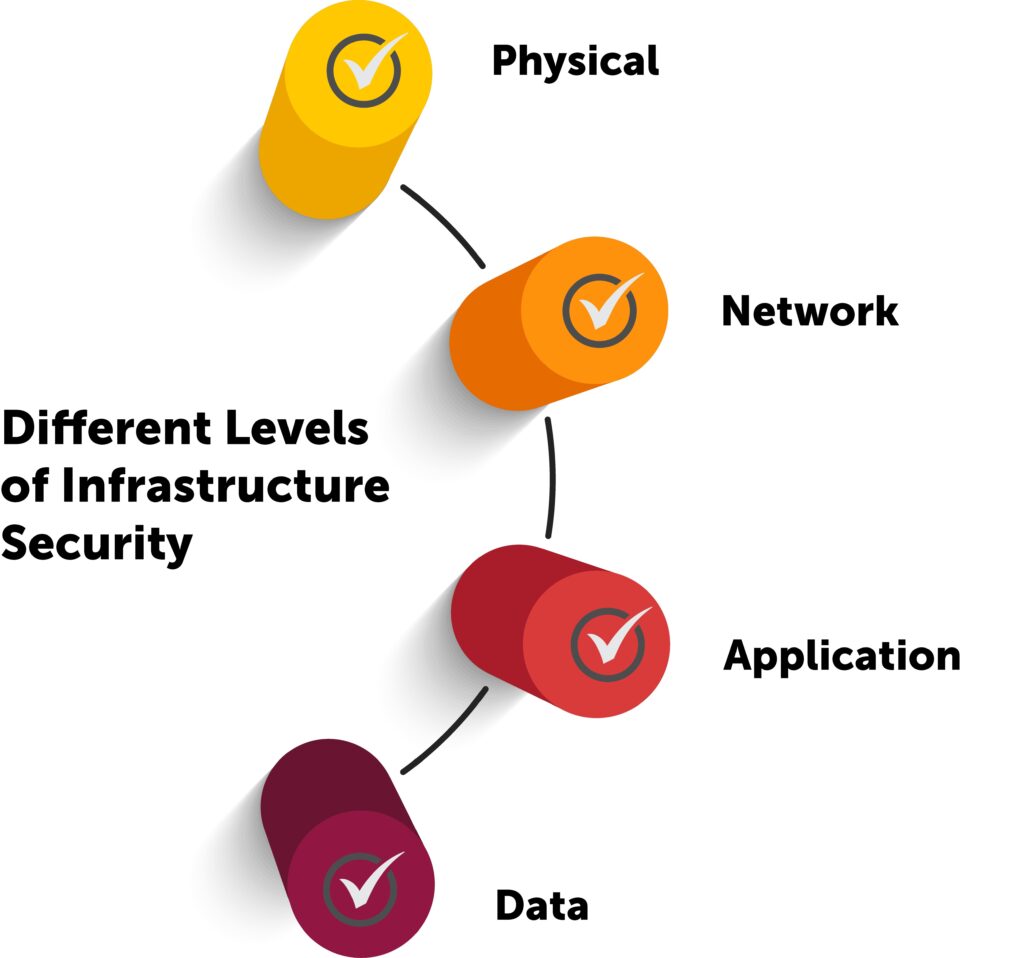
Infrastructure Security Month increases awareness about one of the most influential aspects of everyone’s daily lives.
So much of the world relies upon infrastructure — digital and physical — and security can span across many sectors. Most people don’t realize it until something goes wrong. What does it mean to have a secure infrastructure, and how can companies and individuals prepare for a more stable future?
What Is Infrastructure Security Month?
The Cybersecurity and Infrastructure Security Agency (CISA) reminds everyone every November — regardless if they are cybersecurity analysts or citizens — that infrastructure security affects us all. Infrastructure security encompasses what we often take for granted, like power lines, public transportation and health care.
They all require protection from physical damage and cyberattacks, especially as technology advances rapidly. This jeopardizes the progress of emerging sectors like cloud computing and artificial intelligence (AI) as well as telecommunication and utility sectors. It also coincides with climate change, as natural disasters increase in severity, threatening the stability of essential infrastructure that keeps resources flowing safely and comfortably.
Infrastructure security influences almost every aspect of people’s lives, including how they check in for flights and determine what energy systems power their homes. This month stresses understanding common disruptions and their extraordinary impact.
Everyday conveniences could dissolve if infrastructure is threatened. This is why it’s essential to raise awareness — though it sounds technical and intangible, infrastructure stability is crucial for daily life.
Why Does Infrastructure Security Matter?
About 600,000 Facebook accounts are hacked daily, a reminder nobody is immune — but everyone can prepare. Infrastructure Security Month is about informing people how to reduce risk and respond if an attack occurs.
There are plenty of resources and technologies to increase resilience against malicious individuals and decrease stress if attackers were to succeed. Anti-malware is the best line of defense against hackers and cybercriminals.
This expands to businesses as well as individuals. Protecting physical and digital assets is vital for emotional and financial stability. The average consumer could sacrifice the equivalent of a day and $358 responding to and recovering from an online crime. Livelihoods rest on the security of essential infrastructure on a personal and national scope, especially since many consumers have their information exposed without their knowledge.
The Internet of Things (IoT) continues to connect every device possible, from wearables to appliances, and is now expanding to connect entire cities. Over 50% of the world’s population lives in cities — a number that is only continuing to grow — and these cities are increasingly implementing smart technologies to streamline their infrastructure. An attack on just one electric company or internet provider could disrupt an entire city’s infrastructure, impacting millions of people and causing outages that prevent employees from working and people from connecting.
How Can You Improve Infrastructure Security?
Home computers have a 33% chance of infection via malicious software. This could threaten personally identifying information (PII) like Social Security numbers and bank accounts. That’s why it’s vital to create strong passwords and change them often, as well as enable multifactor authentication. You should also avoid using public Wi-Fi to keep your laptop or cellphone information as secure as possible.
One of the best ways to improve global infrastructure security is education. Learning how to protect yourself and spread that knowledge could save companies and families emotional and financial stress. Start by knowing the different levels of infrastructure security, each requiring unique methods of protection:
 Physical: This includes everything from train tracks to ATMs. These physical pieces of infrastructure need security, like generators and backup equipment, to ensure services don’t lapse in case of theft or environmental damage
Physical: This includes everything from train tracks to ATMs. These physical pieces of infrastructure need security, like generators and backup equipment, to ensure services don’t lapse in case of theft or environmental damage- Network: Connectivity everywhere is at risk, but networks can stay safer if people practice proper cybersecurity hygiene and companies prepare for risk management
- Application: Software must stay updated to patch vulnerabilities and add enhancements. This will protect against new threats
- Data: Cloud management and IoT-connected devices are only some infrastructure storing and transferring data. Information security can stay safer using encryption, antiviral tools and intelligent digital communication habits.
“Cyber vigilance is a year-round focus for everyone. Improving infrastructure security is essential in today’s climate. Implementing additional layers of security such as MTE (MicroToken Exchange) and MKE (Managed Key Encryption) is considered a forward-thinking best practice and provides true end-to-end payload protection for mobile applications, web applications, and IoT environments,” comments David Gomes, Chief Operating Officer at Eclypses.
Cybercriminals continue increasing activity, inventing novel ways to manipulate digital landscapes. Keeping up with these trends, especially if you’re in the industry, could make a world of difference.
Raising Awareness for Infrastructure Security Month
These techniques and resources can help everyone strengthen infrastructure security long after November ends. The digital world captivates most peoples’ attention in the modern age, but it’s important to remember how it connects to physical infrastructure. The security of the digital synergizes with the physical, creating a safer world for everyone.
Written by: Zachary Amos, Contributor


